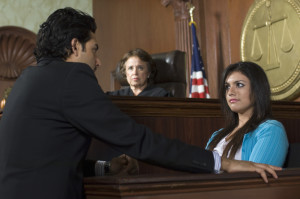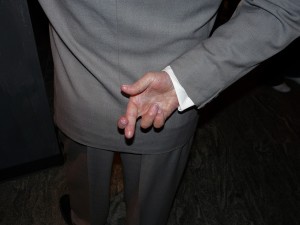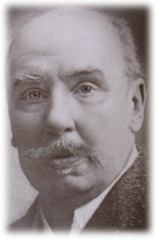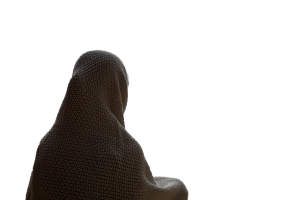
Is the witness lying?
It’s an important question for a detective – a train switch that can change the course of the investigation. Modern detectives can rely on lie detectors and subtle clues in body language. They get training based on sophisticated psychological research.
In the 19th century, a detective had to rely on his or her knowledge of human nature. A common technique was to question a witness over and over again to see if the story remained consistent. Detectives still do that today.

But because folklore and superstitions about perjury ran rampant in bygone eras, detectives had to watch out for a whole list of things that would never occur to a modern detective. Witnesses used talismans or charms that excused perjury in the eyes of God – similar to a witness crossing his fingers behind his back. They thought these tricks negated the consequences of lying and absolved a perjurer from any moral and legal consequences. Just as a detective today would question the veracity of a person with crossed fingers behind his back, a 19th century detective had a list of folklore tricks to watch out for; they indicated the witness was lying.

Charms that excused perjury
Hanns Gross, the 19th century Austrian professor and father of criminology, researched folklore about perjury and wrote about it in his landmark handbook for investigators. Austrian detectives put witnesses under oath when they interrogated them, but they needed to keep a sharp eye out for the tricks a witness might use to wiggle out from the weight of the oath. Here are some of them:
Bird eyeballs
The eyes of two European birds, the hoopoe and lapwing, were supposed to bring luck in court. A person carrying them on their chest became “beloved.” In the courtroom, that meant one could escape from the consequences of the oath and lie even if sworn. The eyeballs would help the judge to view the witness’s case favorably.

Bones of one’s own child
Carrying the bones of one’s own deceased child supposedly excused perjury. Gross doesn’t mention how people obtained the bones. My mind doesn’t even want to go there. But the presence of a bone on a witness’s person should have been enough to arouse the detective’s suspicion.
Bent thumbs
“Pressing” the thumbs is the German equivalent of the English crossing of the fingers; it’s supposed to bring luck. Bending the thumbs during testimony is another variation. Austrian detectives needed to watch out for witnesses employing this trick.
Actions with the left hand
Putting your left hand on your side, making a fist with it, stretching out your left fingers, or holding your left hand backwards supposedly balanced out the right hand’s gestures in taking the oath. Left hand activity signaled possible charms that excused perjury to the astute 19th century detective.
Actions with the mouth
According to folklore, spitting following taking an oath negated the oath. So did a gold piece under the tongue or seven pebbles in the mouth.
Twisting the pants button
Twisting one’s pants button was another one of the charms that excused perjury Hanns Gross encountered. Witnesses did it while taking the oath to nullify its consequences.

Mistletoe in the shoe
Mistletoe is for much more than kissing during the Christmas season. If you put it in your boot, on the sole, when you gave sworn testimony, it protected you from the consequences of your perjury.
Burial shroud
The southern Slavic culture, according to Professor Gross, viewed parts of the burial shroud as charms that excused perjury. Carrying the clothing that bound the deceased’s chin, especially if it was still knotted, had magical powers that prevented the court from detecting or punishing perjury. Wearing the part of the shroud that bound the dead man’s feet in our own shoe had the same effect.

Raising the right leg
In the Turkish culture, raising the right leg while taking an oath negated the oath and allowed the person to commit perjury.
Can you add to this list about charms that excused perjury? Or superstitions about lying in general?
Literature on point:
Hanns Gross, Handbuch für Untersuchungsrichter (Graz: Leuschner & Lubensky’s, 1899) 372-373.
Johann Gotthold Kunstmann, The Hoopoe: A Study in European Folklore (Dissertation, Univ. of Chicago, 1938) 14
Ministry of Culture and Tourism, Republic of Turkey, Superstitions



Were any of these charms accepted by the court as valid?
Nope! The courts wanted the truth, the whole truth, and nothing but the truth.